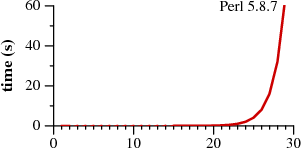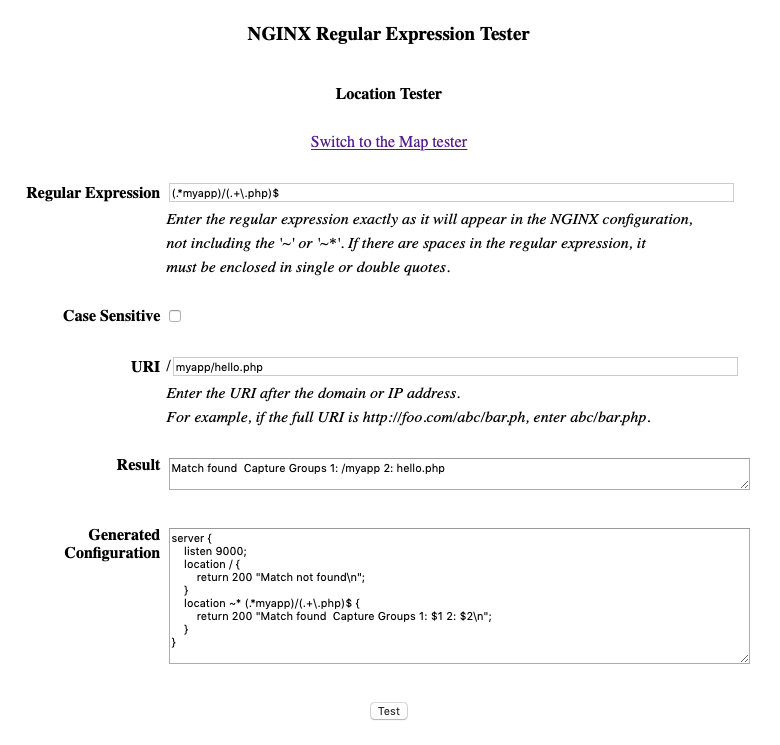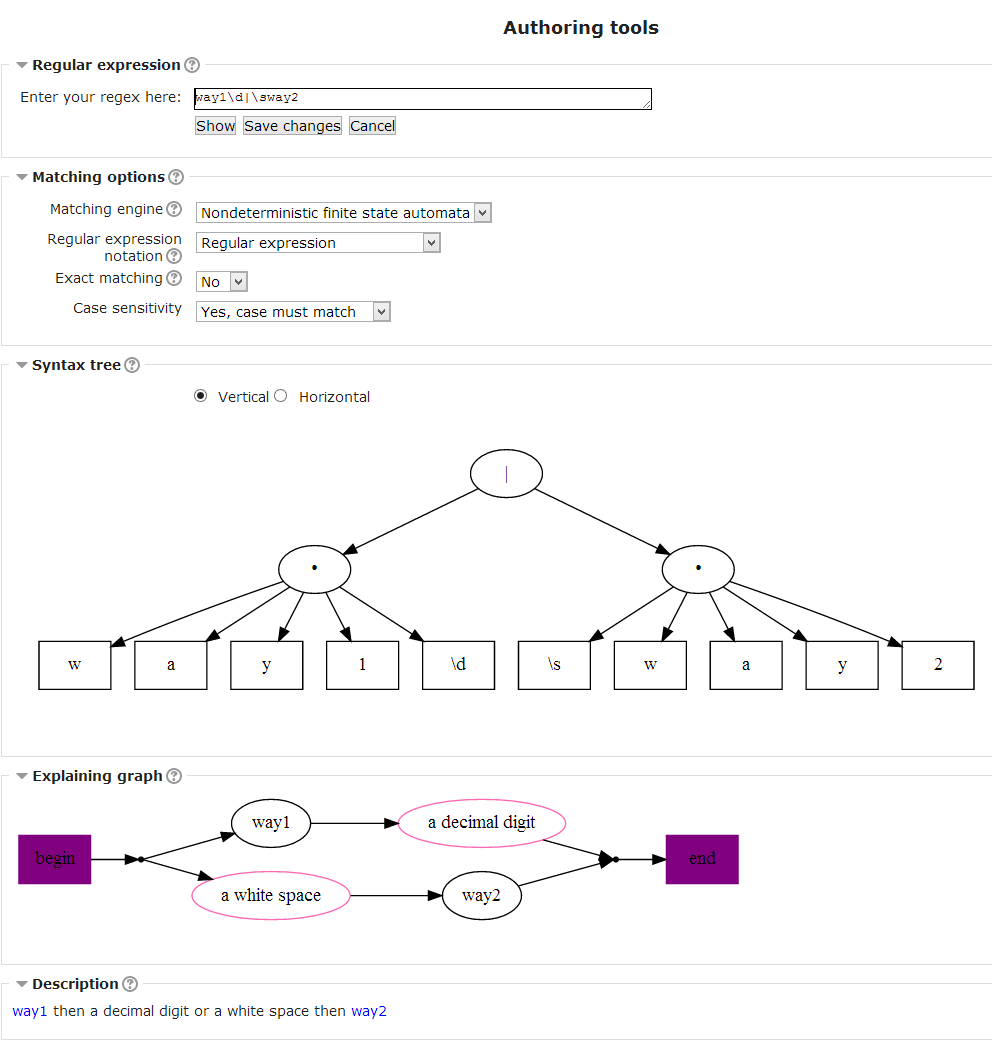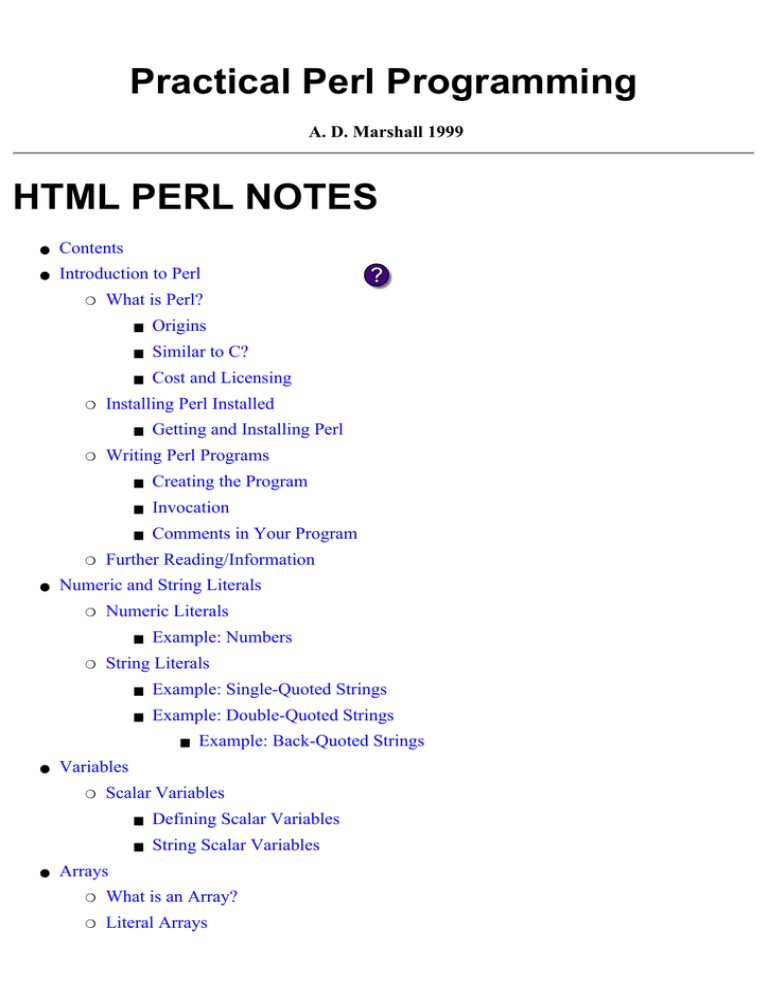

- #Perl regex for number with a leading space pro
- #Perl regex for number with a leading space software
- #Perl regex for number with a leading space series
The star operator () in front of the list compression transforms the list into a series of scale values.Then I generate a list of edited values, going the entire part by groups from right to left (use ). Now I will stumble the entire remaining part into pieces of three digits: for i in range(0, len(ent), 3)] => Īnd then I set up a list by adding the first group of digits: for i in range(0, len(ent), 3)]] => Public RestsResource() String String verb) " => "12" (?:ListSets|GetRecord).but it doesn't come to the case.To assign a HTTP search parameter to a parameter of a method, we use the annotation class RestsResource UriInfo context Comments aside: What was wrong as pattern was +.It should have been. The theme is that in the annotation the search parameters are not compared (the query). NET, Java 8 and prior, and Ruby 1.9 you can use \P: a character that encloses the character it is combined with (circle, square, keycap, etc.The syntax of ? in regular expression as Okay. There is one difference, though: \X always matches line break characters, whereas the dot does not match line break characters unless you enable the dot matches newline matching mode. You can consider \X the Unicode version of the dot.
#Perl regex for number with a leading space software
Matching a single grapheme, whether it’s encoded as a single code point, or as multiple code points using combining marks, is easy in Perl, PCRE, PHP, Boost, Ruby 2.0, Java 9, and the Just Great Software applications: simply use \X. Unicode’s designers thought it would be useful to have a one-on-one mapping with popular legacy character sets, in addition to the Unicode way of separating marks and base letters (which makes arbitrary combinations not supported by legacy character sets possible). The reason for this duality is that many historical character sets encode “a with grave accent” as a single character. Unfortunately, à can also be encoded with the single Unicode code point U+00E0 (a with grave accent). This sequence, like U+0061 U+0300 above, is displayed as a single grapheme on the screen. Any code point that is not a combining mark can be followed by any number of combining marks. The Unicode code point U+0300 (grave accent) is a combining mark. $ will fail to match, since the string consists of two code points. applied to à will match a without the accent. In Unicode, à can be encoded as two code points: U+0061 (a) followed by U+0300 (grave accent). When this tutorial tells you that the dot matches any single character, this translates into Unicode parlance as “the dot matches any single Unicode code point”. This regex will match all USD words followed by a number of one or more digits. Unfortunately, it need not be depending on the meaning of the word “character”.Īll Unicode regex engines discussed in this tutorial treat any single Unicode code point as a single character. In case of a USD match the engine will enter lookahead and finds that it is a positive lookahead and in this look ahead there is a space followed by an optional number one or more quantifier then an optional comma and after comma there is one or more digits. Most people would consider à a single character. Characters, Code Points, and Graphemes or How Unicode Makes a Mess of Things
#Perl regex for number with a leading space pro
EditPad Pro supports Unicode starting with version 6.0.0.

Earlier versions would convert Unicode files to ANSI prior to grepping with an 8-bit (i.e. PowerGREP uses the same Unicode regex engine starting with version 3.0.0. RegexBuddy 1.x.x did not support Unicode at all. RegexBuddy’s regex engine is fully Unicode-based starting with version 2.0.0. XRegExp brings support for Unicode properties to JavaScript. When working with Perl code embedded within a regex. Ruby supports Unicode escapes and properties in regular expressions starting with version 1.9. Overall, this regex matches a number at the beginning of the line, followed by exactly that many X. The PHP preg functions, which are based on PCRE, support Unicode when the /u option is appended to the regular expression. Note that PCRE is far less flexible in what it allows for the \p tokens, despite its name “Perl-compatible”. PCRE can optionally be compiled with Unicode support. Perl supports Unicode starting with version 5.6. Of the regex flavors discussed in this tutorial, Java, XML and. Unfortunately, Unicode brings its own requirements and pitfalls when it comes to regular expressions. Using different character sets for different languages is simply too cumbersome for programmers and users.


With more and more software being required to support multiple languages, or even just any language, Unicode has been strongly gaining popularity in recent years. Unicode is a character set that aims to define all characters and glyphs from all human languages, living and dead.


 0 kommentar(er)
0 kommentar(er)
